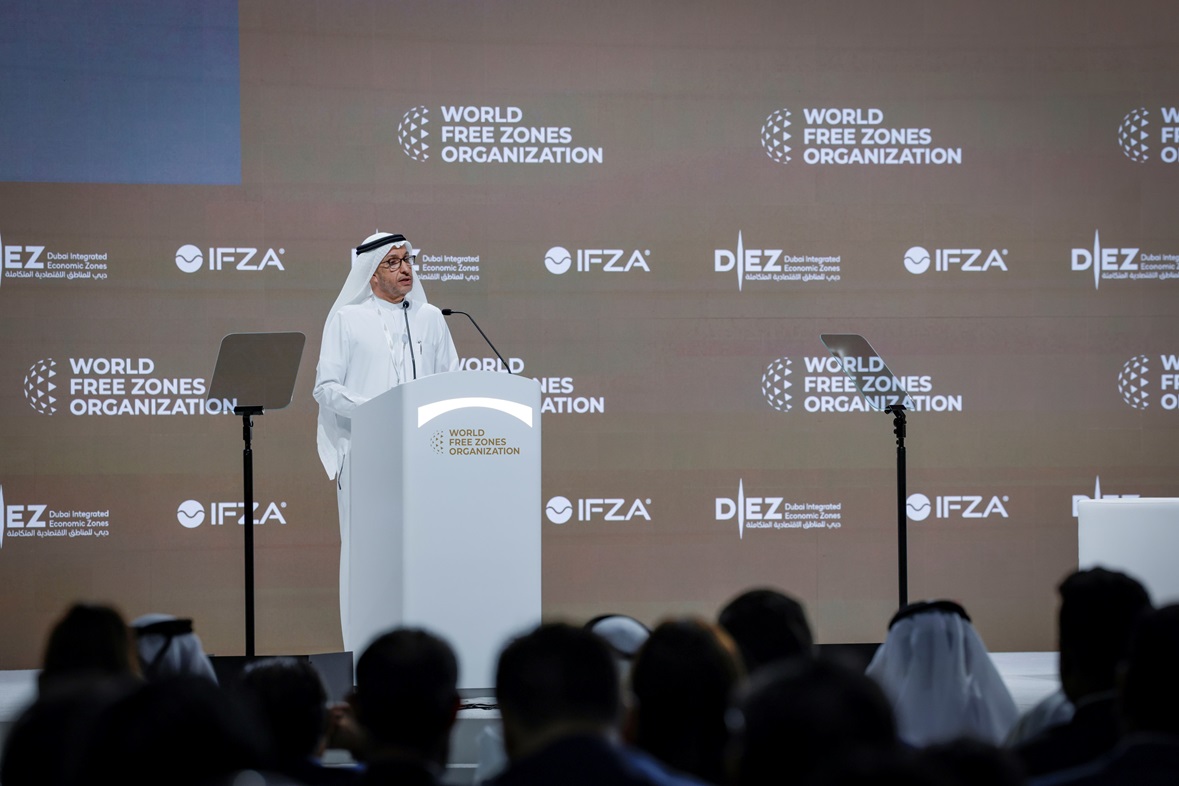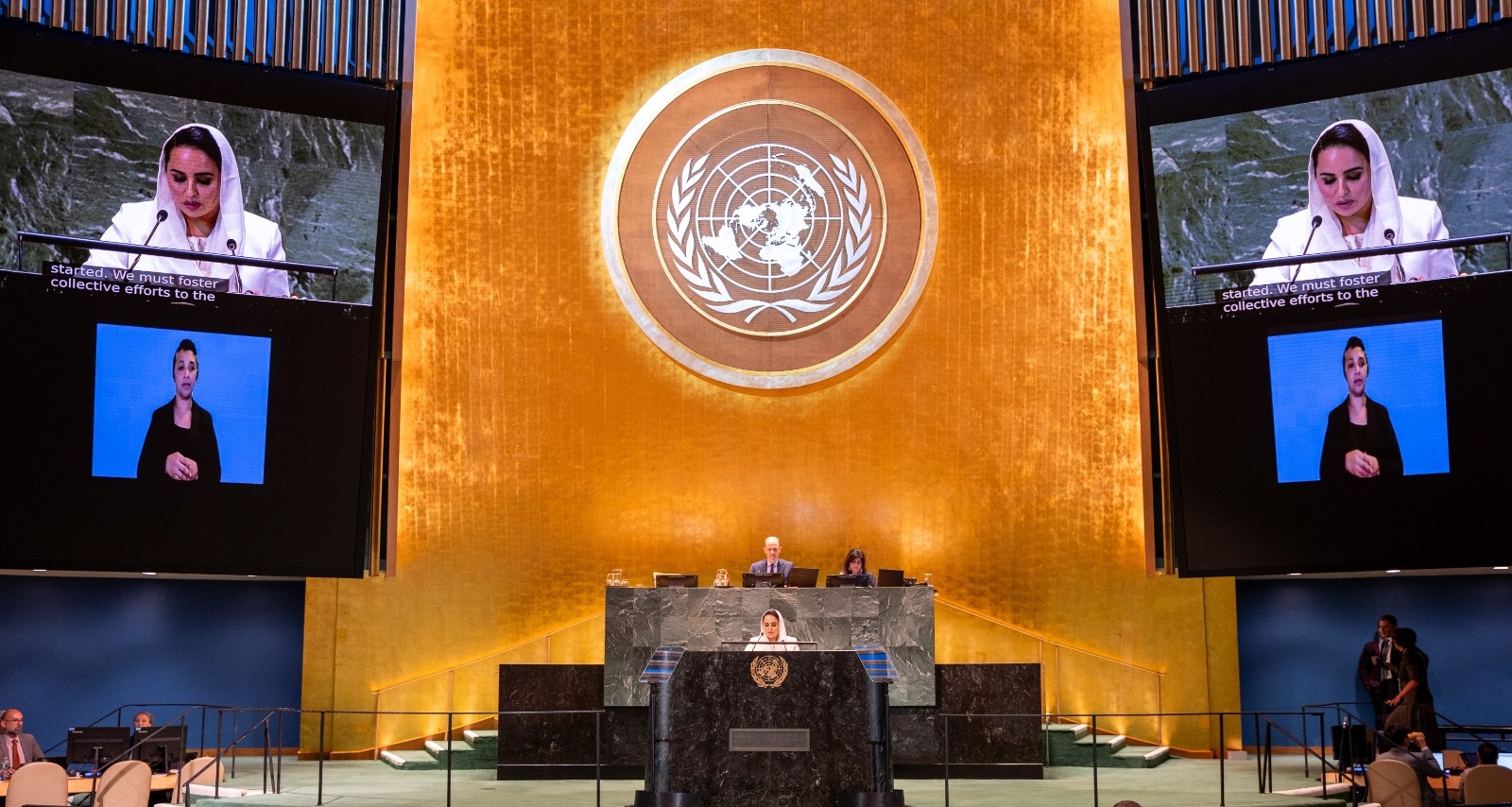SHARJAH, 16th February, 2022 (WAM) — H.H. Sheikh Abdullah bin Salem bin Sultan Al Qasimi, Deputy Ruler of Sharjah, today inaugurated the "Wonder and Inspiration: Venice and the Arts of Islam" exhibition, which is held at the Sharjah Museum of Islamic Civilization.
Organised by Sharjah Museums Authority (SMA), the exhibition features never-seen-before objects, speaks of the distinctive Islamic influence on Venice’s architecture, art, culture, science, trade and literature.
Sheikh Abdullah inaugurated the exhibition in the presence of Manal Ataya, Director-General of SMA, Giuseppe Venuciaro, Consul-General of Italy in Dubai, and Professor Ida Zilio Grandi, Director of the Italian Cultural Institute.
The five-month-long exhibition will take visitors on a journey showing how the rich exchange between the Islamic world and Venice forged a strong bond between the Middle Ages and The Modern Age that resulted in artistic excellence on both sides and inspired the city’s artists.
Running between 16th February and 2nd July, 2022, the show, the first collaboration between SMA and Fondazione Musei Civici di Venezia, promises to be an experience of a lifetime.
It will showcase a never-seen-before collection of impressive artworks and documents preserved by the Fondazione Musei Civici di Venezia.
"Inspired by the vision of H.H. Dr. Sheikh Sultan bin Muhammad Al Qasimi, Supreme Council Member and Ruler of Sharjah, the exhibition is an endeavour to show how historically, cross-cultural interactions effectively connected people and continue to do so," said Manal Ataya, Director-General of Sharjah Museums Authority.
"It speaks of the unique relationship between Venice and the Islamic world at the time and reflects the far-ranging influence of the Islamic civilisation across the globe," Ataya added.
She pointed out that Venice’s status as one of the largest cities in Europe between the 8th and 13th centuries and simultaneously one of the most important trading hubs at the time allowed for the creation of this unique relationship of intellectual creativity with the Islamic world.
The exhibition comprises three chapters: Encounters, Dialogues, and Inspirations, each of which includes important documents and impressive collections of both Islamic and Venetian art.
"Encounters", focuses on the first meetings giving rise to reciprocal exchanges that could have been in the form of gifts or barter.
Some of the preserved objects are diplomatic gifts such as fabric, carpets and weapons given to the Doge by the ruler of Persia, Shah Abbas The Great in 1603 AD.
Other artefacts showcased in this section include weaves in rich silk and velvet from the Safavid Dynasty, oil paintings, maps, drawings and nautical charts.
The second chapter, "Dialogues", delves into how shared economic, commercial and cultural interests governed the exchanges between Muslims from the East and the Venetians. For instance, in 1000 AD, the Byzantine and Arab gold coins were sought after in Venice; in the later centuries, the Venetian gold ducat became the anchor currency across the East.
Rare minted gold coins, abacus books, tariff manuals, medals, the Qibla compass and copies of the Quran that the Venetians read to better understand the people they traded with and also learn Arabic to communicate with them, are being displayed at the exhibition.
The third section, "Inspirations", showcases magnificent artefacts made from leather, metal, lacquer, ceramic, enamel or glass. These were inspired by Islamic mastery and created by Venetian artists either in their original forms or been reworked imaginatively.

 World3 years ago
World3 years ago
 World3 years ago
World3 years ago
 Business1 year ago
Business1 year ago
 Entertainment7 years ago
Entertainment7 years ago
 World7 years ago
World7 years ago
 Entertainment7 years ago
Entertainment7 years ago





